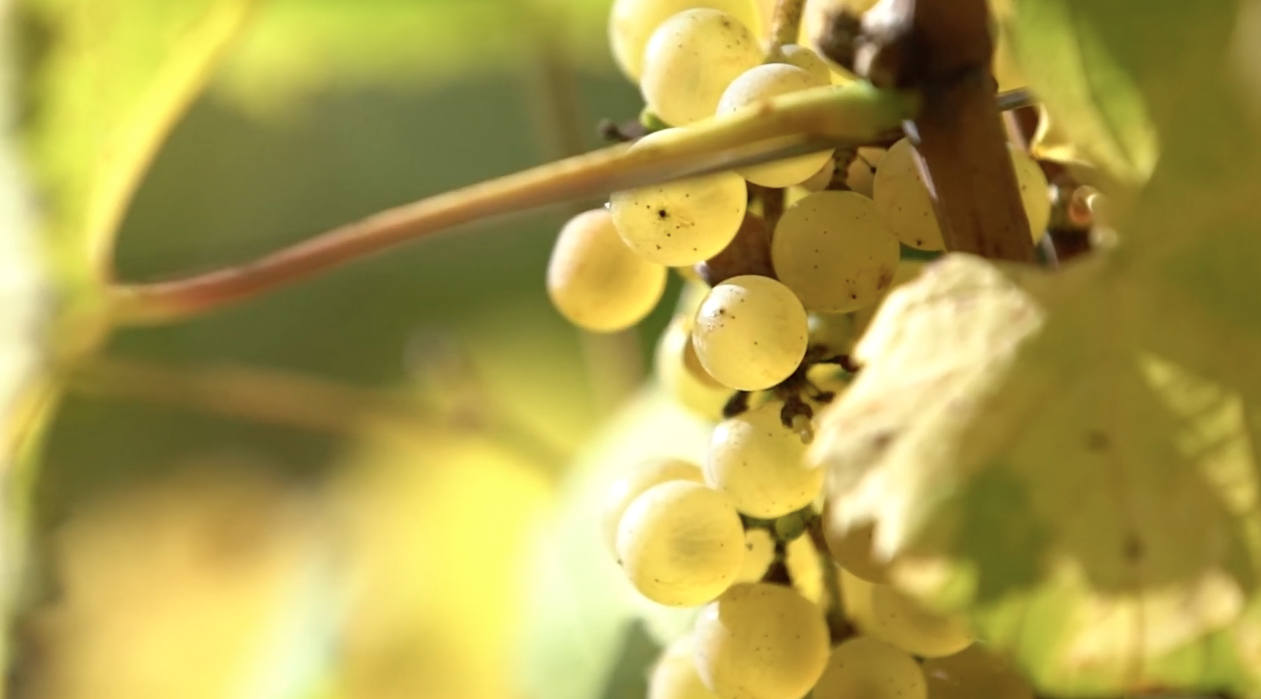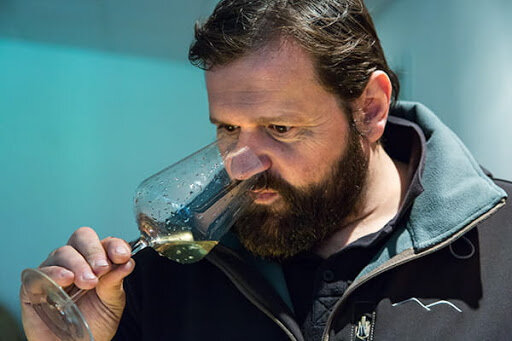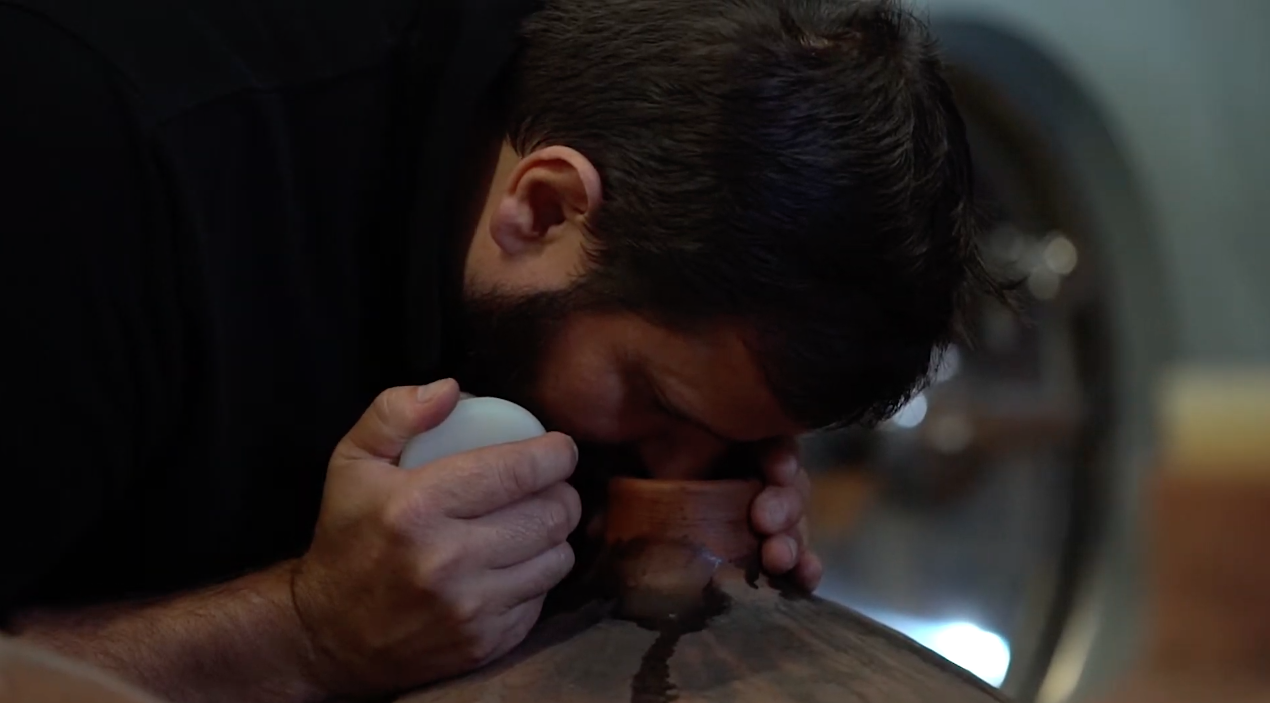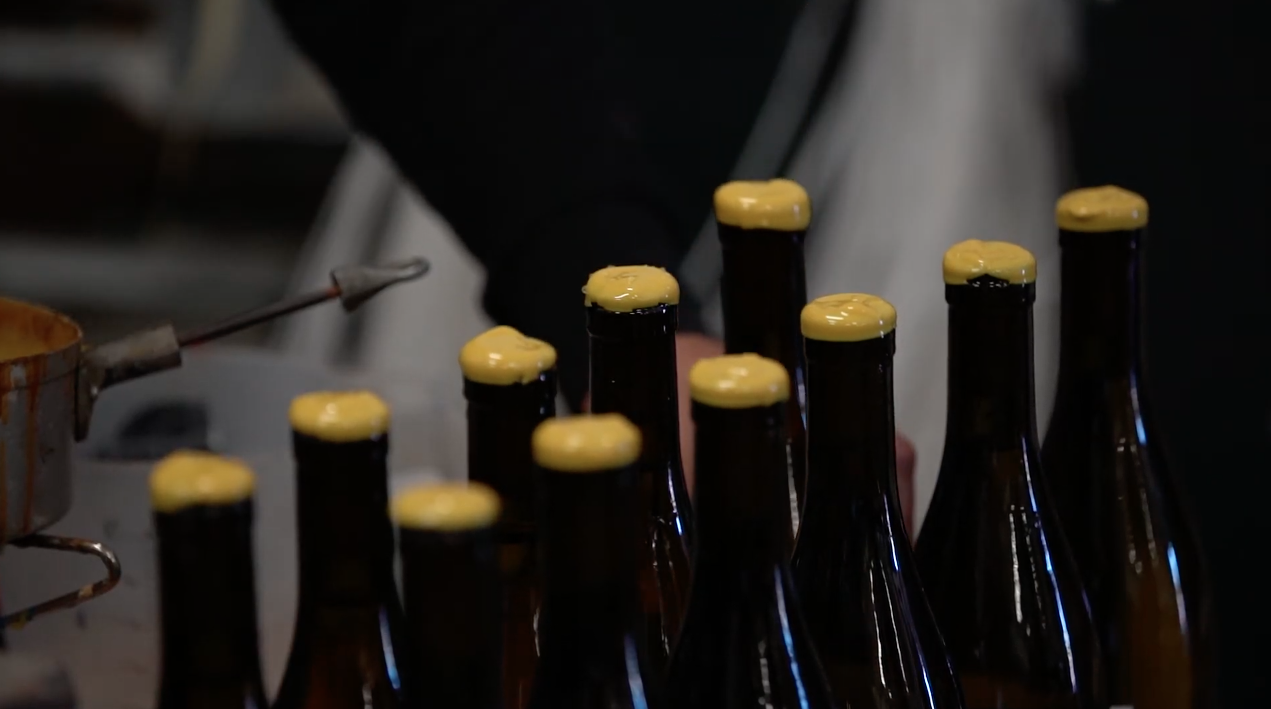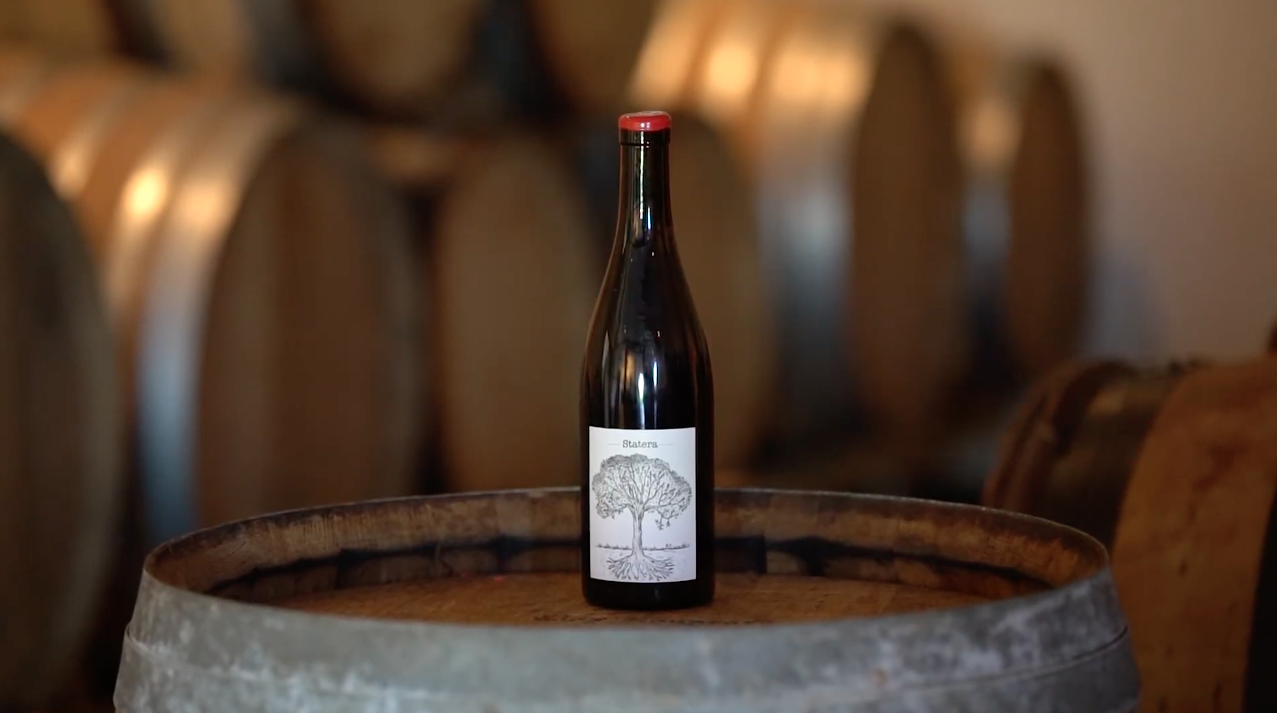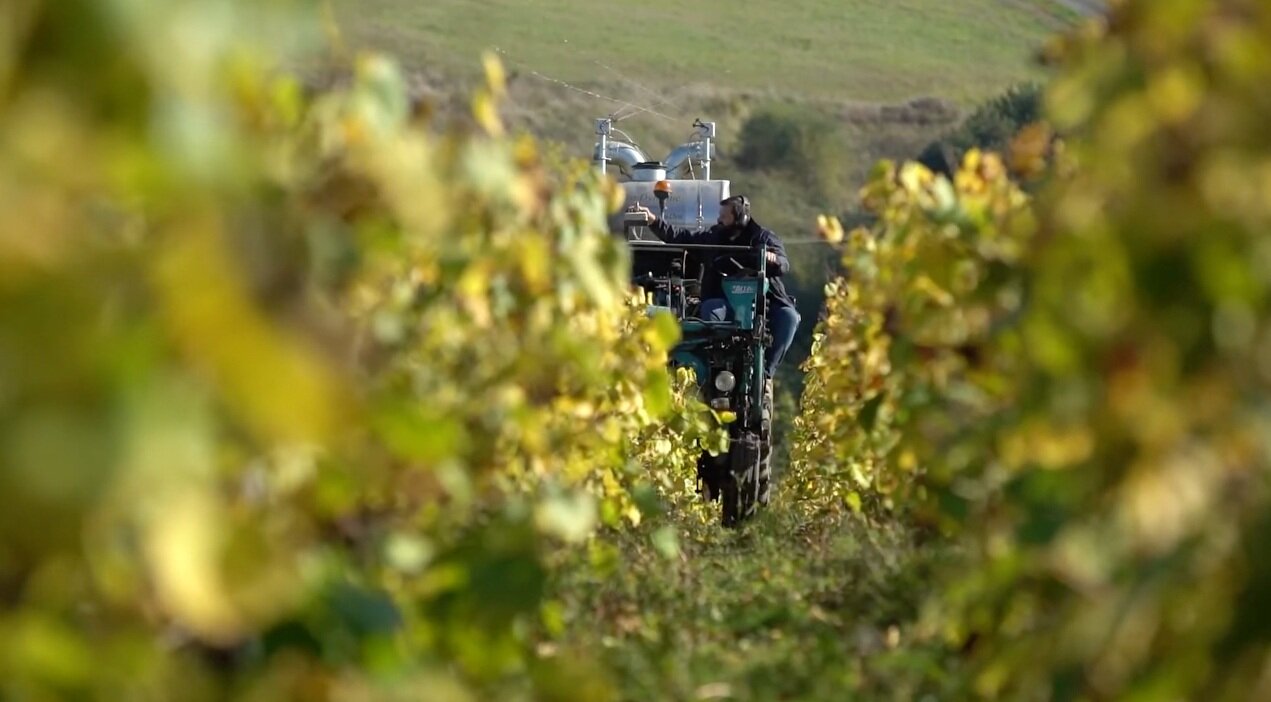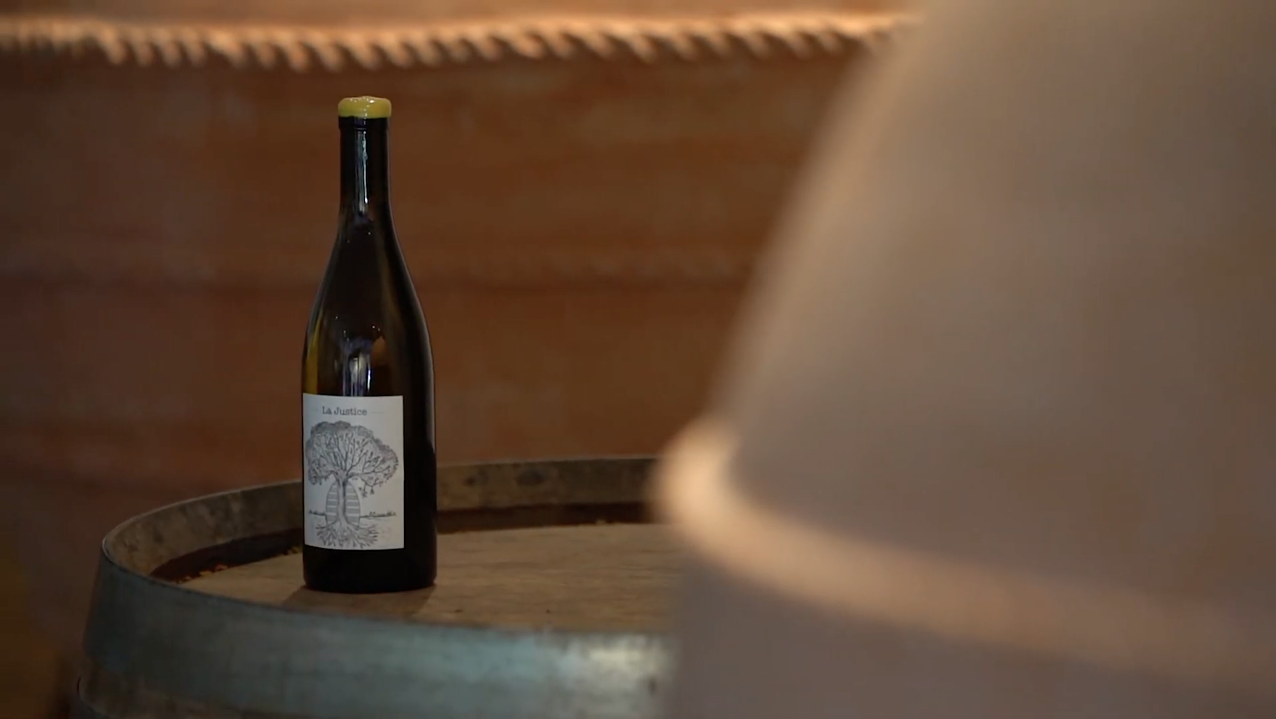DOMAINE DE BELLEVUE
Gétigné
Domaine de Bellevue is based in Gétigné, in the heart of the Muscadet region in the Loire Valley. The Domaine was established by Jérôme Bretaudeau in 2001.
Previously, Jérôme had been working for wineries in the region for over 15 years.
The talented vigneron started with only 2 hectares of vines taken over from his family vineyards. By 2005, Jérôme had expanded to 6 hectares. Today, Domaine de Bellevue has 9 hectares of vineyards, spread across various appellations and towns: Gétigné, Cugand, Clisson, and Vallet.
Jérôme vinifies 11 different grape varietals. The local grape, Melon de Bourgogne, and other less conventional grapes including Merlot, Cabernet, Chardonnay, and Savagnin, originally from Jura.
Endlessly curious and deeply passionate about his work, he constantly experiments with new approaches. For instance, He now harvests his plots according to the age of vines and the soil types hoping to gain a better understanding of his terroirs.
By dint of curiosity, ingenuity, talent, and hard work, Jérôme Bretaudeau is now recognized as one of the locomotives of the Muscadet appellation. His wines are elegant, precise characterful.
In the Vineyard
In stark contrast to most of Muscadet, which is dominated by over-cropped, industrial-production cooperatives, Domaine de Bellevue’s vineyards are farmed organically and have been certified since 2009. Pushing even further, Jérôme is now converting to biodynamic farming.
Jérôme Bretaudeau replants his vineyards by massale selection.
In the Cellar
All grapes are thoroughly sorted upon arrival at the cellar.
White grapes are lightly pressed then settled under control, cool temperatures. Red grapes are fully de-stemmed.
All wines are fermented thanks to indigenous yeasts only.
Depending on the cuvée the wines are aged in concrete eggs, clay amphorae, stainless steel, concrete tanks, or wooden vats.
Only a little bit of sulfur is added before bottling. The wines are bottled unfined and are only slightly filtered.
Muscadet
Gabbro
This wine is made of Melon de Bourgogne from multiple hillside parcels with silt and sandy soils rich with gabbro rocks. Totaling 5 hectares the parcels were planted in the 1970s and 1990s.
Muscadet
Granit
This Muscadet is made from 2.5 hectares of Melon de Bourgogne vines planted in the 1980s on sandy siliceous topsoil over granite bedrock.
Muscadet
GAÏA Cuvée Ovoïde
This Muscadet is made from 1.5 hectares of Melon de Bourgogne planted in the 1940s. The name Cuvée Ovoïde refers to the egg-shaped concrete vessel used for the vinification and aging of this wine.
IGP de Loire
Statera
This cuvée is made from Pinot Noir planted on granite soils with white quartz.
IGP de Loire
Quartz
This wine is produced from young Sauvignon Gris vines planted in sandy loam soil.
Vin de France
V Sens
V Sens is a blend of Cabernet Franc (70%) and Merlot (30%) from a 1.5-hectare plot located on a gentle slope. South-southeast-facing the plot has granite soils mixed with pink quarts. The vines here were planted in the early 2000s.
Vin de France
Champ des Cailloux
This Vin de France is a blend of Cabernet Franc (70%) and Merlot (30%) from a small 1-hectare plot. Southeast-facing the plot has decomposed granite soils with pink and white quartz. The vines here were planted in the 1990s.
Vin de France
Ornaté
Ornaté is made from a small 0.5-hectare plot of Merlot planted in the early 2000s. Southeast-facing the plot has decomposed granite soils with pink and white quartz.
Vin de France
La Justice
This cuvée comes from 0.5 hectares of Chardonnay planted in the 1980s on rocky, granitic soils with quartz.
NV, Vin de France
Solera
Bretaudeau’s Solera is a very unusual wine. It is made from vines of Chardonnay and is a blend of 4 vintages. The wine is fermented in a clay amphorae then aged slightly oxidatively for 60 months in a Solera system of barrels, that is traditionally used to produce Sherry.






